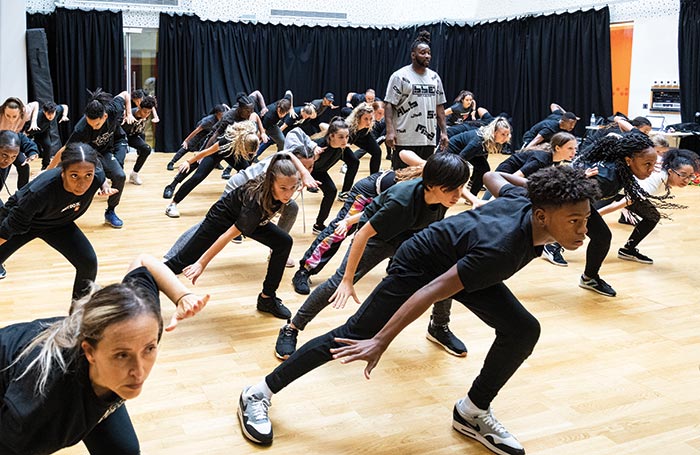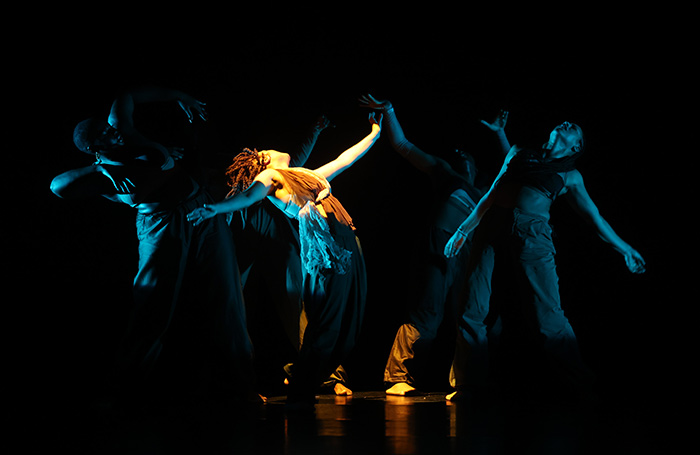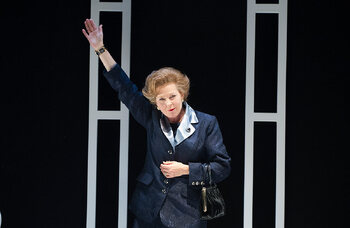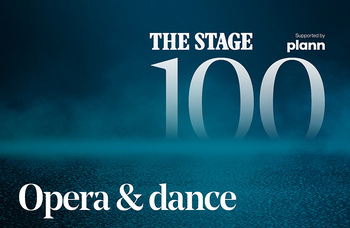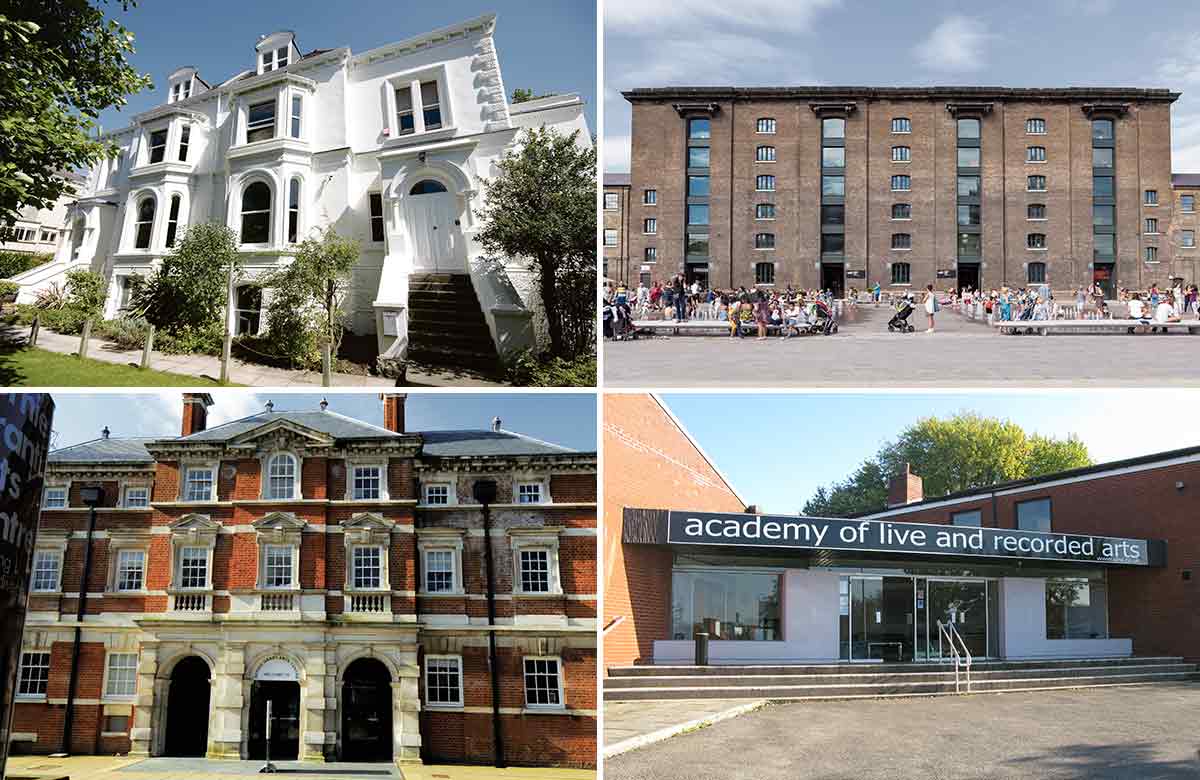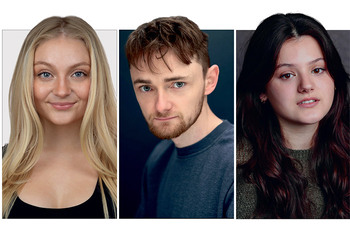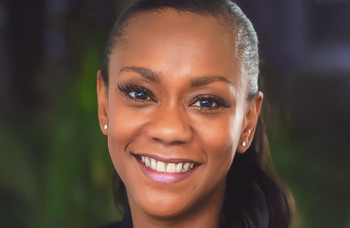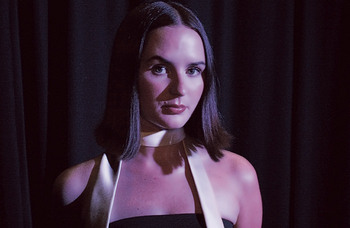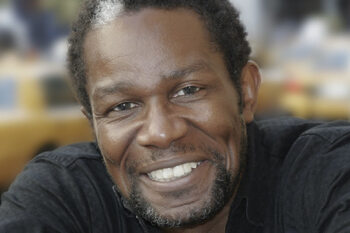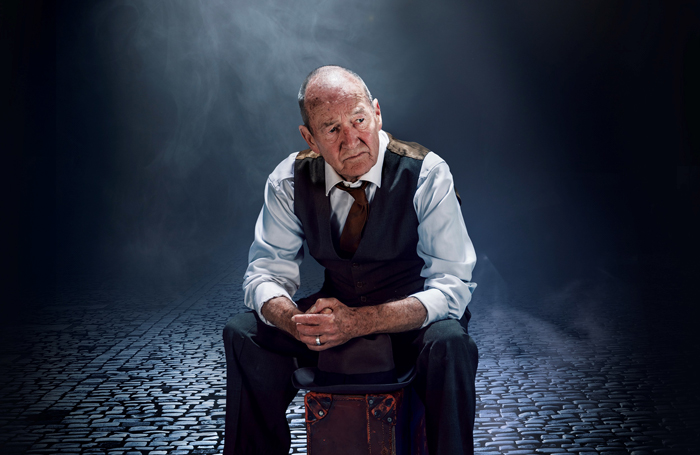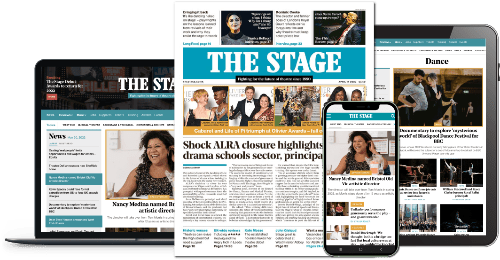Hip-hop dance training: how street dance is breaking new ground ahead of big year
Next year is an important one for street dance, with the Olympic debut of breaking at the Paris 2024 Games and the opening of Hip Hop Theatre Academy in London. Nicola Rayner explores training options for young dancers
‘Hip-hop culture has produced the fastest-growing artistic movement on earth,” says Jonzi D, founder of Breakin’ Convention and artistic director of its Hip Hop Theatre Academy, which will open at Sadler’s Wells East in the Queen Elizabeth Olympic Park in September 2024. “Over the decades, hip hop has spread across the world and has influenced culture everywhere. From its humble beginnings in apartheid America, where Black and brown communities developed the artistic ethos of the form, hip hop has become a major part of the artistic establishment.”
With the phenomenal success of Hamilton, as well as hit shows such as Sylvia, & Juliet and Six, hip hop and street dance performers and choreographers are in demand. “Street dance contributes just as much to musical theatre as other styles,” says Bruno Perrier, creative programmes manager of Boy Blue, one of the UK’s leading hip-hop dance companies. “For us, it’s really important to make people in musical theatre establishments more aware of this.”
The new academy at Sadler’s Wells East will be the first in the country to offer a Level 3 qualification in Performing Arts, specific to hip-hop theatre, in a two-year course for students aged from 16 to 19. “The mainstays will be breaking technique, hip-hop dance technique and popping,” says Jonzi. “It’s really going to be focused on practical work. I see technique classes happening in the morning, and in the afternoon different theatre practitioners will come in and do various workshops and choreographic tasks.”
In hip hop, the dance can’t be separated neatly from the culture’s other elements. “We will also have rap sessions at the academy at least twice a week,” Jonzi D continues. “Everybody has to do it, it’s not a choice. All of the pillars of the culture – the rap, the dance, the graffiti, the DJ, and the music – all of them relate. If you look at the characters in graff, you’ll see that they’ve got this quality, especially the early writers. The way in which letters are written, it connects to the type of abstract shapes we do in breaking. Then there’s the music, obviously, which makes you want to rap and dance.”
Originating in block parties in the Bronx, New York, in the 1970s, street dance is still relatively young compared with other dance forms. “If you’re looking at street dance as an umbrella term, it’s a timeline of street styles, starting in the early 1970s and running right up to now,” says Perrier. “Chronologically, you’ve got breaking, locking, popping, and then you have hip hop and house and so on and so forth. A lot of this wasn’t really standardised until hip-hop culture itself became such a massive global commercial success. It took that for certain pioneers of hip-hop dance to realise they needed to standardise it, so that it could become commonly known and understood.”
“I started in 2006 and around that time there wasn’t really so much available in regards to street dance education,” Perrier continues. “The way everyone learned was either through training in specific styles – which would be through workshops with the pioneers from the US, whenever they came over into the country – and also developing skills working within the community. Dancers, back then, were very much part of crews, which later became companies... Also, street dance started as a freestyle format, so freestyle is very, very important, no matter which discipline under the umbrella you’re doing. A lot of training, in the early days, tended to happen at jams, which were specific events that were put on for battles, and in nightclubs.”
The challenge is how you take a dance form that originated in parties and clubs and standardise training and technique, while also keeping its original spirit alive. “Freestyle is so key to the origins of the dance,” notes Perrier. “Without it, there wouldn’t have been anything else.”
‘When I started dancing, the access points were clubs, parties and watching events. Getting video footage was like gold dust’ – Rob Pountney, Breaking GB
“When I started dancing, the access points were clubs, parties and watching events,” agrees Rob Pountney, chief operating officer of Breaking GB, the organisation supporting competitive dancers in their push towards Olympic qualification. “Getting video footage was like gold dust – we would share VHS tapes from events – and I’m only talking about the late 1990s, not so very long ago. With the introduction of YouTube, the pathways and the access points have changed, because people can quickly absorb information from the internet and then practise at home. There’s a lot of copy and repeat. What you can’t get from copying from the internet is the essence of the dance and the cultural context.”
Continues...
Has the freestyle scene suffered from the increasing commercialisation and standardisation of hip hop? “It has a bit,” says Perrier. “There are definitely not as many events as there were maybe 10 to 15 years ago, for various reasons. But, if that’s what you’re about, the underground scene is still there.”
The bigger competitions, however, have benefited in terms of visibility and funding from the inclusion of breaking in the Olympics, although the dancers who make it to Paris for the 2024 edition will have to battle through many qualifiers to get there. “The pathways to great performers are many,” says Pountney, “but they all involve huge sacrifice and dedication. I would say the biggest single biggest factor in the success of a breaker is their ability to travel and meet other breakers from around the world. It’s also important to understand the distinction between breaking and other styles of dance… None of the other hip-hop or street dance styles have any real connection to sport or the Olympic Games. The reason that breaking is in the Olympics is because of the athleticism involved in performing it, and also how multinational it is.”
In breaking battles, the athletes respond to the music the DJ provides. “There’s no rehearsal,” says Pountney. “There are certain steps, which we call the foundations of breaking, but unfortunately, in this country, there aren’t many teachers who understand them, so what we need to do is build up the pool of people who do, so that they can then spread the message and share their knowledge.”
“There are no benefits of just going to a dance school if you want to be a breaker,” he adds. “You might learn some hybrid techniques, flexibility, body strength and conditioning, and the ability to move with the music, but to be a competitive breaker, it’s a multifaceted approach that requires not just the dance studio but experience of competition, training in the gym and having a mentor rather than a teacher in order to find your own individual identity as a breaker.”
Pountney is optimistic that the opening of the Hip Hop Theatre Academy next year will help to support the next generation of b-boys and b-girls. The academy’s director, Jonzi D, is also the culture and community adviser for Breaking GB. “Perhaps the academy could be a hub for Breaking GB training,” Pountney says. “People could come to learn about breaking and what it takes, as well as what’s different about it from learning to do another particular dance style that you might go to ‘normal’ dance school for.”
Continues...
Meanwhile, those who love hip hop are “working hard to bring street dance up to the same respect level as ballet and contemporary dance”, says Kathleen Murphy, head of creative programmes at Boy Blue. “Kenrick ‘H2O’ Sandy, our co-artistic director, really works on the notation and ensures that there’s a standardisation across all of the things that we teach at Boy Blue.”
“He’s very big on notation,” adds Perrier. “I remember around 2012, when we were involved with the opening ceremony for the London 2012 Olympics, and we were dealing with dancers on a much bigger scale, notation became very important, especially in regards to blocking and staging for 900-plus dancers. Since 2012, Boy Blue has used notation more and more.”
The company runs a Sunday training school, based in East London, offering classes for children aged from five to 11. “Then we have audition spaces for youth companies – there are different levels of beginner, intermediate and advanced, and then the same again for adults,” says Murphy. “On top of that, we’re on the AQA syllabus for GCSE Dance for a piece called Emancipation of Expressionism. We offer GCSE Dance workshops for schools, and sometimes for colleges that are doing BTEC, to share the piece and update people on the tech and the lighting and all the things that the students need to know in order to pass their GCSE Dance exams.”
In terms of Higher Education, there is Shockout in Manchester; the Institute for Contemporary Theatre, in the same city, which offers a degree in Hip Hop Artistry; and the University of East London, “which was one of the first to embrace street dance and have it as part of its set curriculum”, says Perrier. Boy Blue also works closely on courses with the Liverpool Institute for Performing Arts and the Place in London.
Does it help for street dancers to have training in other genres of other dance, such as ballet? “I wouldn’t say it’s not important because, at the end of the day, movement is movement and the more you can get an understanding of how your body moves, regardless of the style, it’s going to help you,” says Perrier. “But I wouldn’t necessarily say that hip-hop dancers needed ballet training unless they were going to be doing ballet – just as a ballet dancer doesn’t need hip-hop training if they’re not going to be doing hip hop.”
More information about Breakin’ Convention and its Hip Hop Theatre Academy, Boy Blue and Breaking GB can be found at: breakinconvention.com; boyblue.co.uk; and breakinggb.org
Opinion
Recommended for you
Advice
Recommended for you
Most Read
Across The Stage this weekYour subscription helps ensure our journalism can continue
Invest in The Stage today with a subscription starting at just £5.99

 Nicola Rayner
Nicola Rayner


